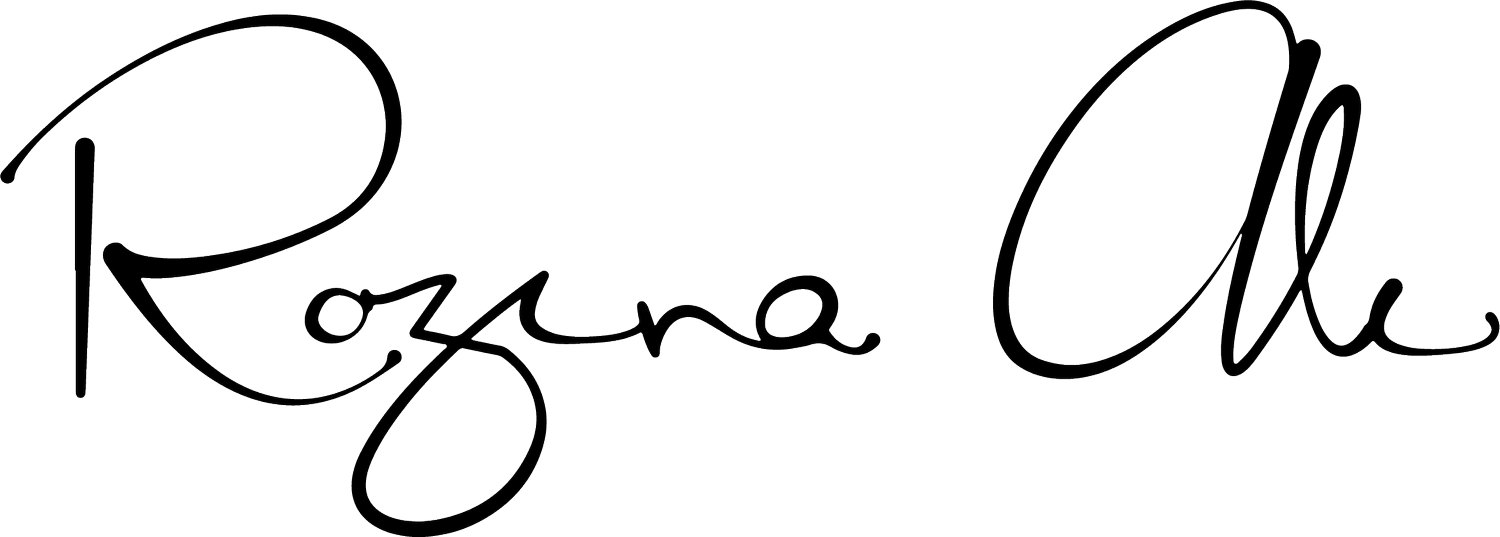Aesthetic versus Cosmetic surgery: Why communication is key
I am proud to practice aesthetic surgery. There is a distinct difference between what I do and cosmetic surgery. Where cosmetic surgery is purely about how a person looks, aesthetics is about how they feel about how they look.
Aesthetic surgery is psychological and its central facet is wellness; built upon the unique and fundamental relationship with the patient and good communication. When people come to see me, I consult with them deeply. Their reasons for seeking my expertise vary. They may wish to understand how to maintain what they have, or refer to certain features they once had and want back. They may say that the person they’ve become no longer suits them; whether that’s due to illness, old age or childbirth. People who have a vision of who they are in their head do very well with aesthetic surgery and all they have to do is communicate this to me and I will try to recapture it.
There is a big difference between this and cosmetic surgery; where someone may ask you to make them look like someone in a picture. Yes of course, it is possible to make anyone look like anything, but if that was never them, they may not be able to cope with the change and it’s unlikely to make them happy. That is the danger when simply focusing on physical appearance.
With aesthetics, the doctor patient relationship is fundamental and is the key to making people feel better. At the heart of this relationship is effective communication, which is able to empower and embolden my patients. Despite my many years of extensive training, listening is probably my most vital skill. In the consultation process, I enable my patients to express themselves and even this act of making them feel heard is therapeutic. However, it is my job to go one step further; to understand and interpret this and offer various solutions to help them achieve their goals and to tell them whether where they want to go is achievable or not.
The most important thing I offer is choice; choice tailored to the individual patient. This might be surgical, or perhaps it will be a slower non-surgical route, or it could be employing technologies that minimise patient recovery downtime. By giving my patients options and committing to being there with them on their journey until they achieve an outcome, I build a vital and unique relationship. I ensure my patients feel empowered to understand that their choice might be to do nothing, or to wait a while. And this is just fine. I tell them I am not going anywhere and they know where they can find me.
I provide a safe space, where people can be heard and can be given solutions they can choose to take or not. This is the power of aesthetics and surgery is just a small part of it. It can be very daunting for anyone at the earliest stages of considering any kind of aesthetic procedure. Often this is down to fear of the unknown and not knowing how to find a surgeon who they can feel comfortable to truly open up with. In the social media age and with advertorials in the newspapers and magazines promising the world, it can be hard to know who to trust. And then there’s the added challenge that so much of medicine is still stuck in the highly restrictive and traditional 9-5, Monday to Friday school of thought, making even booking an appointment a challenge. I recognise that working professionals need greater flexibility. They need the option of early morning starts, after hours and weekends. For example, my treatments are very often offered Thursdays and Fridays recognising people can work from home for one day and then have the weekend to recover. If you are a busy professional and have an important job, you don’t want to feel self-conscious when you are in front of clients or colleagues.
As a busy professional woman, my central consideration is what would I appreciate? What would I need? This is why my practice is built around service, discretion and convenience.

